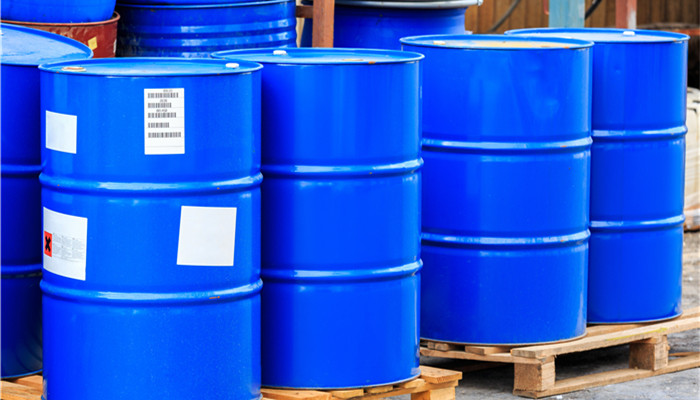
China’s annual export of benzoquinone exceeds 1,500 tons and is growing
Parabenzoquinone, also known as 1,4-benzodione, 1,4-benzoquinone, and p-benzoquinone, is an intermediate in the production of medicines and dyes, and can also be used to produce chemical products such as hydroquinone. Parabenzoquinone can be traced back to the 19th century. In the 1950s, the manganese dioxide oxidation method was introduced into my country, and my country began to produce parabenzoquinone.
In recent years, with the development of downstream industries such as dyes and chemicals, as well as the gradual improvement of foreign environmental protection standards, restrictions have been placed on the production of quinone products, and quinone companies in traditional quinone production areas such as Japan, the United States, and Europe have gradually stopped producing quinone. In related business, parabenzoquinone production centers have been transferred from the United States, Japan, and Europe to China. China’s parabenzoquinone industry has taken advantage of the trend and has become an important global parabenzoquinone production base. The competitiveness of domestic products has greatly increased. It has not only completed the domestic parabenzoquinone production Quinone import substitution and export to many countries around the world.
In 2020, the novel coronavirus pneumonia epidemic broke out across the world, and various countries formulated epidemic prevention policies to varying degrees, resulting in obstruction of international cargo transportation and a reduction in my country’s exports of benzoquinone. In 2021, vaccines will be promoted globally. At the same time, various countries have accumulated experience in epidemic prevention policies and resumed production and trade activities in an orderly manner. The demand for parabenzoquinone products in overseas regions has rebounded, and some users have actively replenished their stocks. my country’s paraquinone exports have recovered. growth, product prices have also increased significantly. At present, the main export destinations of my country’s benzoquinone-related products are Europe, North America, Asia (except China) and other regions. The annual export volume is stable at more than 1,500 tons, and the overall trend is growing.
Parabenzoquinone products are hazardous chemicals, and their production will produce a large amount of waste water, waste sludge and other wastes. Environmental protection requirements and qualification requirements are high. As domestic environmental protection policies become increasingly strict, some manufacturers have suspended the production of parabenzoquinone. In terms of business, other companies are also more cautious about the new construction and expansion of benzoquinone production capacity. For example, the factory of Hubei Kaiyuan Chemical Technology Co., Ltd. was relocated in 2020 and has not yet been put into production again. In recent years, the production capacity of China’s p-benzoquinone industry has remained between 5,100-5,500 tons. The main production companies include Yancheng Fengyang Chemical Co., Ltd., Weifang Taixing Biochemical Co., Ltd., Huangshan Bashui Chemical Additives Co., Ltd., Weifang Tongrun Chemical Co., Ltd., Wuxi Wanlihe Chemical Technology Co., Ltd., etc.
Industrial Research Center released “Toluene 2023-2028” The “In-depth Analysis of the Quinone Industry and the “14th Five-Year Plan” Development Plan Guidance Report” shows that in recent years, driven by the development of downstream chemical, pharmaceutical and dye industries, the price of superimposed p-benzoquinone products has increased year by year. Going higher, the global benzoquinone industry market size is showing an upward trend, and China is the world’s largest in terms of supply and demand. In the future, driven by the development of downstream chemical, dye, pharmaceutical and other industries, the global demand for benzoquinone products will continue to grow.

 微信扫一扫打赏
微信扫一扫打赏

